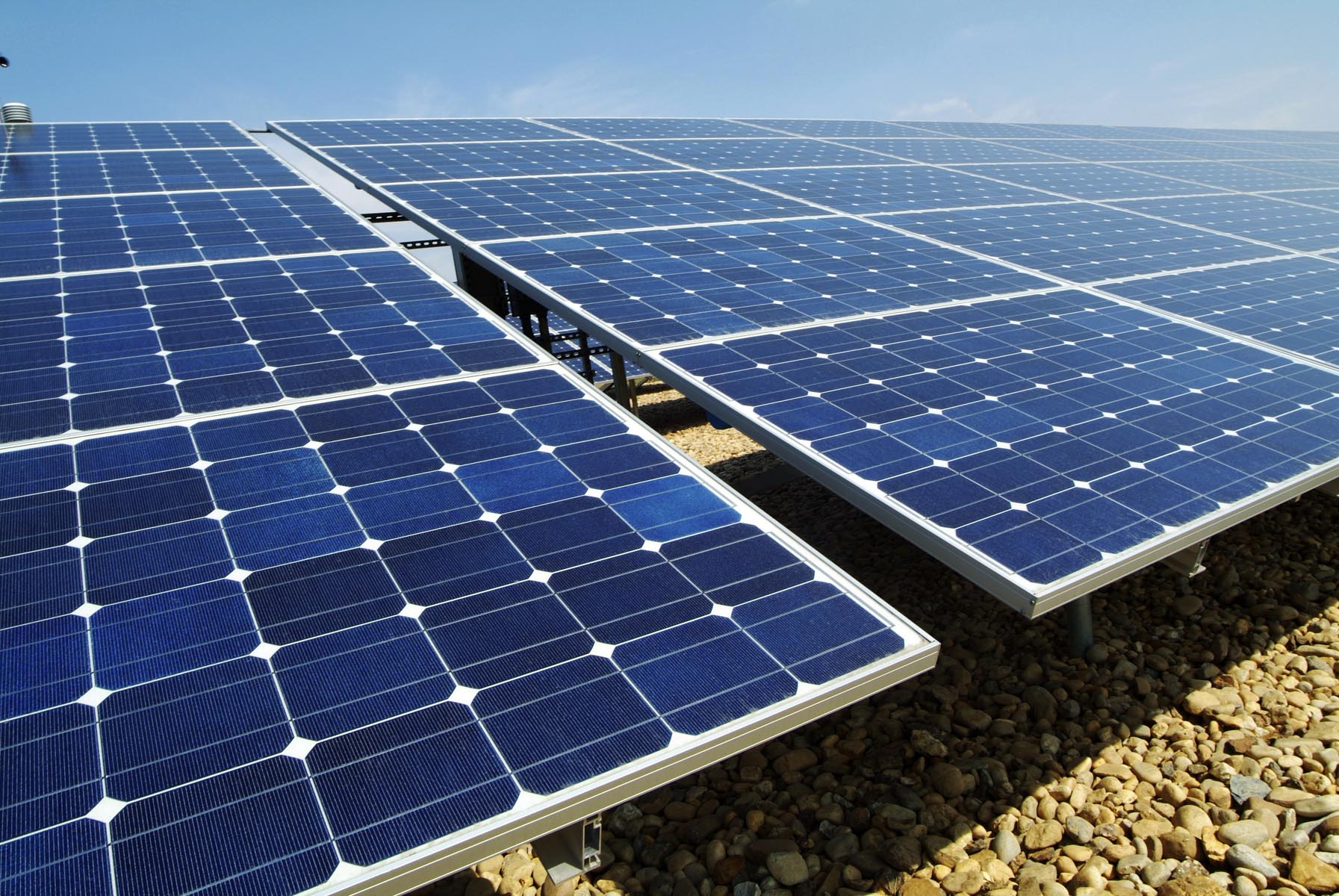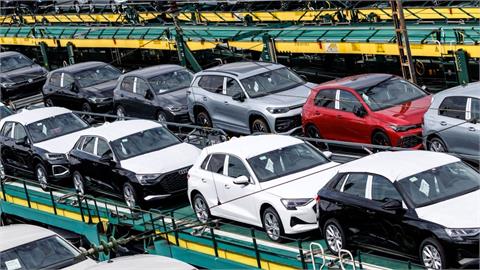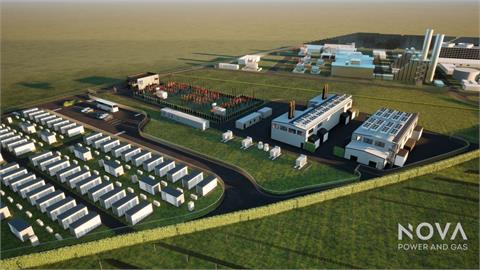by Gerard Wynn* European solar power capacity has already reached some 80 per cent of national projections for the end of the decade, underlining how growth has caught policymakers unawares. That over-achievement is adding impetus to national plans to scale back renewable energy subsidies, making the future solar outlook in Europe unsure
European solar power capacity has already reached some 80 per cent of national projections for the end of the decade, underlining how growth has caught policymakers unawares. That over-achievement is adding impetus to national plans to scale back renewable energy subsidies, making the future solar outlook in Europe unsure.
Analysts have already scaled back expectations for the European solar market, which until this year had underpinned soaring demand in the global photovoltaic industry. But it is still a key market for solar panels, led by Germany, Italy and France.
Solar's popularity, particularly in residential roof-top installations, has been founded on a combination of rapidly falling costs and generous subsidies which policymakers are now scaling back.
Its outlook depends on how fast costs can continue to fall compared with rival low-carbon technologies, as countries try to meet binding, national renewable energy targets in 2020. They are presently slipping behind those wider targets, meaning that governments will have to continue to pump money into renewable energy in general and solar can continue to grow if it steals share from rivals.
Targets
Under the European Union's renewable energy directive, member states have agreed to renewable energy targets by 2020 which are binding under national law. Under the requirements of the directive, individual countries had to compile national renewable energy action plans and submit these by June 2010. The plans described a trajectory for expected annual growth from 2010-2020 for each renewable energy technology.
The main electricity technologies are hydropower, onshore wind, offshore wind, solar, biomass and geothermal power. Countries can choose which they want to use to meet their total 2020 target.
The action plans are not legally binding, but countries are required under the directive to explain to the executive European Commission if they miss fixed, biennial targets for total deployment.
Binge
The growth in solar power in Europe has been remarkable, but becomes even more astonishing when viewed against policymakers' expectations just three years ago. Data from the European Photovoltaic Industry Association (EPIA) show that the EU's 27 member states had installed some 69.1 gigawatts (GW) as of the end of last year.
That compares with projections under member states' action plans published in 2010 for some 38 GW by the end of 2012. Of the 27 member states, 24 had set 2012 solar PV targets in their action plans. Nineteen have installed more than they expected.
In absolute terms, the biggest over-achiever has been Italy, which by end-2012 had deployed some 12.4 GW more than it had projected, or the equivalent of an extra three or four nuclear power plants. Germany was next with an excess of 8.6 GW, then France (2.8 GW), Greece (2.5 GW) Belgium (2.2 GW), Britain (1.5 GW), and Bulgaria (0.8 GW). In per cent terms, Denmark was the winning over-achiever at 13,000 per cent more than it had projected (394 megawatts installed compared with a planned 3 MW).
Altogether, countries have now installed more than 80 per cent of their projected solar power in 2020, at 69.1 GW now compared with 84.8 GW expected by the end of the decade. The mismatch tells a story of over-compensation of developers through subsidies which policymakers failed to trim in line with falling costs.
Outlook
All is change, however, as EU countries introduce new charges on solar power generation or rapid cuts in subsidies for new (but preferably not existing) projects, against a backdrop of wider public austerity.
Analysts expect the European solar PV market (new annual installed megawatts) to be less than half the global total for the first time this year, as manufacturers search for utility-scale projects in places with huge solar resources such as India, the Middle East and Chile. Yet the EU remains by far the largest economic area with nationally binding renewable energy targets.
EU member states are still running behind in their efforts to achieve their overall renewable power plans, unlike the narrower picture on solar power. EU countries generated some 650 terawatt hours (TWh) of renewable electricity in 2011, according to BP data (the latest available), compared with plans for some 700 TWh that year, and about half planned generation by the end of the decade.
So the fact that countries have exceeded in solar does not mean that there is no longer space for wild growth. It only means that, to continue to surpass projections and grow strongly, solar will have to squeeze out alternatives such as extremely expensive offshore wind, as it has done so far.
Continued growth of solar power within the confines of fixed renewable energy targets may pit green technologies against each other, which can only be good for a more cost-effective sector.
*Reuters, June 6, 2013




